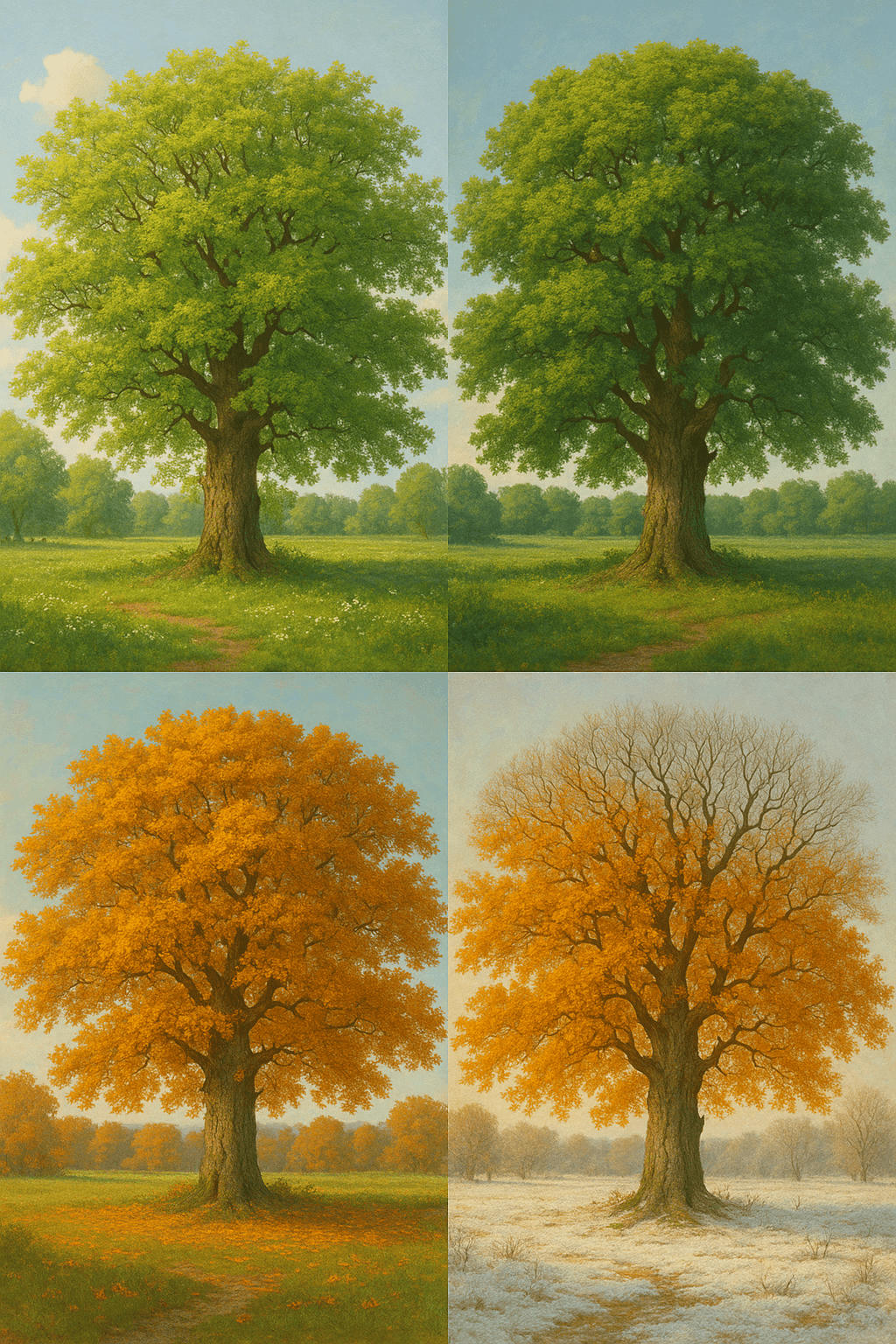Defining Lives Through the Details of Living and Dying

Every man’s life ends the same way. It is only the details of how he lived and how he died that distinguish one man from another. — Ernest Hemingway
The Universal Certainty of Mortality
Hemingway’s observation begins with a stark truth: regardless of status, ambition, or circumstance, all human lives culminate in death. This universality strips existence to its essential endpoint, common to kings and paupers alike. In recognizing this, we are prompted to consider what, if anything, sets individuals apart when the final curtain inevitably falls.
Individual Journeys and Personal Choices
Against the backdrop of shared mortality, it is the journey—the choices made, the paths taken, the relationships nurtured—that lend unique texture to every life. Just as Tolstoy explored in *Anna Karenina* (1877), where ‘every unhappy family is unhappy in its own way,’ Hemingway implies that it is the particularities of experience that define us. How we confront adversity or embrace joy becomes our legacy.
Death: A Reflection of Character
Furthermore, the manner of one’s death can serve as a final testament to their character. For instance, Socrates’ acceptance of his fate, as detailed in Plato’s *Phaedo* (c. 360 BC), illustrates philosophical integrity. Hemingway, often fascinated by courage in the face of mortality, suggests that the choices made at the end of life are as telling as those in its midst.
Historical and Cultural Distinctions
Throughout history, cultures have documented the unique ways individuals lived and died, shaping collective memory. The samurai of feudal Japan, for example, cultivated the Bushido code, wherein the manner of death was intertwined with notions of honor and identity. These traditions underscore how societies interpret the ‘details’ of living and dying to distinguish one life from another.
Legacy Through Storytelling and Remembrance
Ultimately, it is in the telling and retelling of how someone lived and died that their individuality endures. Hemingway’s own works, such as *The Old Man and the Sea* (1952), immortalize characters through specific actions and choices, rather than mere outcomes. Thus, while death is universal, the narratives of our lives—shaped by our actions and remembered by others—are what truly set us apart.